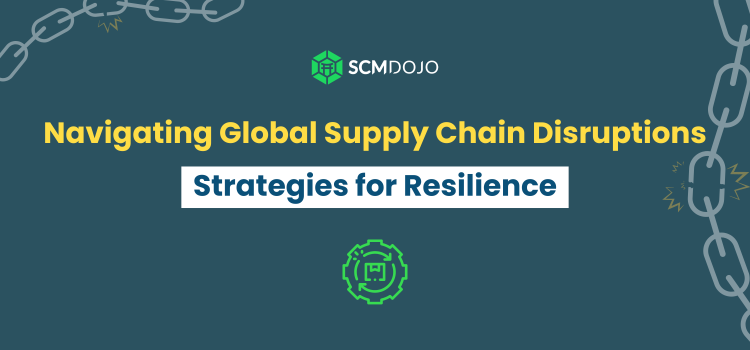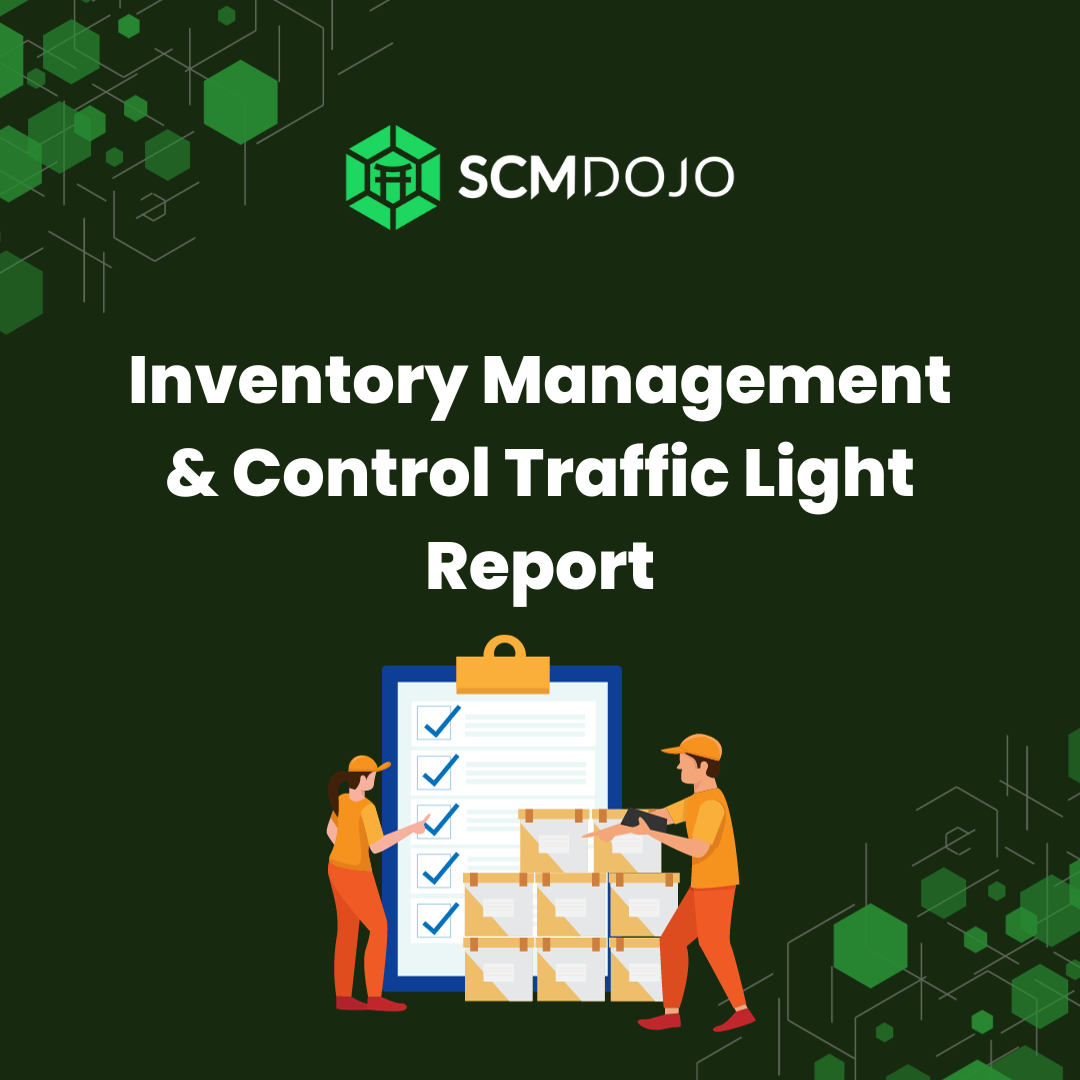As recent times have shown us, political matters across the world can have an impact on shipping routes, thus affecting the prices of goods all around the world.
But what steps can you take to a more resilient supply chain during disruptions?
This article will explore why disruptions happen, and how the industry deals with them as they come.
If you’re ready to learn more about creating stronger supply chains, read below.
Causes of Supply Chain Disruptions
Extreme weather events
Extreme weather events like hurricanes or flooding can have an impact on how supply chains around the world operate. The bigger worry these days is climate change, as it’s impossible to calculate how continuous extreme weather events worldwide will impact supply chains in the future.
Pandemic
As we’ve seen recently, a worldwide pandemic is not out of the question. Among surveyed respondents, nearly 97% of industrial product companies saw disruptions during the pandemic. Consumers dealt with skyrocketing prices and unprecedented shortages.
The price of container freight rates surged while the entire world was having to deal with delays. The reason for this was ships had to stay docked at ports as they were left in limbo, thus having a monopoly effect on wait times, and increasing the price dramatically over the pandemic.
As of today, these wait times have since been nullified but the pandemic has shown the world the importance of having a backup plan for when disaster strikes.
Cyberattacks
While it may not seem like a threat, cyberattacks can disrupt entire industries if left unchecked.
Hackers can gain access to entire backend systems, and even turn industries like airlines to a halt. As more industries face ransomware attacks, it’s a good idea for any supply chain company to hire cyber experts to prevent disruptions.
Natural disasters
Natural disasters, like tsunamis, can have radical impacts across worldwide supply chains. Japan and Taiwan have earthquakes often, and they both are some of the leading suppliers of microchips. If an earthquake were to happen, it would mean the entire computing industry would be affected as their supply chain would be disrupted.
Delays
Delays happen when ships are involved, or even when a vehicle transport company is involved like A1 Auto Transport. During the holiday time in Q4, it’s quite common for shipping industries to be overloaded while they undertake the enormous task of shipping gifts worldwide.
How Can We Create More Resilient Supply Chains?
Utilize AI
Artificial intelligence is more capable than humans when it comes to analyzing and detecting any anomalies that are occurring across millions of variables. With the right software, artificial intelligence can help detect any upcoming supply chain disruptions and help prepare the industry for what would have otherwise been an unforeseen event.
While AI is not foolproof, it will be a preventative measure to help any industry that relies on a steady supply chain. Disruptions these days can mean unhappy customers, and lead to huge loss of profits.
Supply Chain Risk Management, or (SCRM for short), is an already expanding industry, and with artificial intelligence becoming more intelligent by the day, it’s going to be an integral part of any supply chain analysis.
Read more about The Challenges and Opportunities of Implementing Artificial Intelligence in Procurement at our website SCMDOJO!
Map your supply chain
To be better supply chain experts to prevent any disruptions, they’ll need to track every part of the supply chain. This can be done by mapping out the process with the right tools and can help bring insights into the supply chain process so analysts have a better idea of what’s going on.
If you don’t track everything, then you’ll not know which part of the supply chain is causing the disruption. With the knowledge you gain in mapping your supply chain, you’ll be better able to deploy preventative measures to avoid any disruptions.
Another reason to map your supply chain is so you can comply with the legislation that is required from all the countries that your inventory is moving to and from. You will have to demonstrate how your company is dealing with stuff like the Modern Slavery Act or may have to pay specific tariffs to individual companies. Any red tape that isn’t dealt with beforehand can cause enormous delays as governments aren’t typically fast with their turnaround times.
Create better relationships with suppliers
The more you speak with suppliers, the better of an idea you’ll get for how they operate and how you can implement that information into your business. Your supplier may be dealing with shortages on their end, and without any communication, it can seem that the entire supply chain has been disrupted.
You can also help out your supply by introducing them to the goals that you are implementing for your own business so that they can better accommodate you in the future.
It’s common for Westerners to go to China to visit manufacturers so they can get a better idea of what exactly goes into creating and shipping thousands of products at once. The better relationship you have with your partners, the more information you can have in reducing any supply chain disruptions.
Inventory buffers
While some businesses cannot afford to have an abundant supply of inventory, it’s common for major retailers to have more supply than is necessary. This is so that if there are any delays in orders, customers will not be left empty-handed, which can lead to the loss of lifetime customers.
The best way to prepare for this is to identify what items you are selling out of constantly, and always have a surplus of stock. The initial impact of the cost of the inventory will have its cost, but in the long run, will keep your customers coming back as they never have to deal with their favorite items being out of stock.
Multisourcing
Just as in investing, putting your eggs into one basket is a recipe for disaster. You can order raw materials from different suppliers so that if one supplier has a problem, you are not totally out of business. Businesses can go out of business overnight, so having separate suppliers for your inventory is never a bad idea.
Utilizing third parties to fulfill orders
Many e-commerce and moving companies like Three Movers rely on third parties to fulfill their orders. When using multiple different services to fulfill your service, you are always able to reach many parts of the world at once.
E-commerce stores in particular utilize 3PLs, or third-party logistics to ship out their orders. It’s common for bigger companies to ship their inventory to multiple 3PLs to fulfill orders all around the world. This way, if there is a supply chain disruption on one end of the world, the other side is still having their orders fulfilled.
Use multiple shipping carriers
Using multiple shipping carriers can reduce friction when it comes to any delays that may occur. One ship may be stuck at the port due to traffic, while another may arrive shortly before they are docked and able to go back to sea.
While it can come at a cost to start using many carriers at once, it allows for bigger companies to reduce any chances that their goods are left stranded at a port for months on end. For smaller businesses, this however is not going to be possible.
What Does the Future of Supply Chains Look Like?
Supply chains in the future will likely rely on digital technologies like AI and automation to reduce the amount of humans that are required. As it stands now, it’s likely not possible to fully automate the supply chain from the first shipment to the final destination, but we are getting closer.
It is probable that within our lifetimes automation can advance to a degree that humans only need to oversee the entire process. Container ports have already been starting to be automated as early as the 1990s.
Humans however should not fear as they will still be necessary to board the ships and oversee the automation process. Complete automation as it stands now is not possible, but with the entire world dedicated to advanced artificial intelligence, there is no telling where the shipping industry will be 20 years from now.
Conclusion
The complexities of global supply chains demand proactive strategies to navigate disruptions effectively. From natural disasters to cyberattacks and pandemics, the risks are varied and significant. Embracing technologies like artificial intelligence for predictive analysis and implementing robust risk management practices are crucial steps toward resilience.
Moreover, fostering transparent communication and building strong relationships with suppliers can enhance agility in response to disruptions. Diversification, whether through multisourcing, inventory buffers, or utilizing third-party logistics, spreads risk and ensures continuity of operations.
While there are costs involved, the investment in resilience is essential for safeguarding supply chains against unforeseen challenges and maintaining customer satisfaction. Ultimately, the path to resilience lies in strategic planning, adaptability, and collaboration across the supply chain ecosystem.




